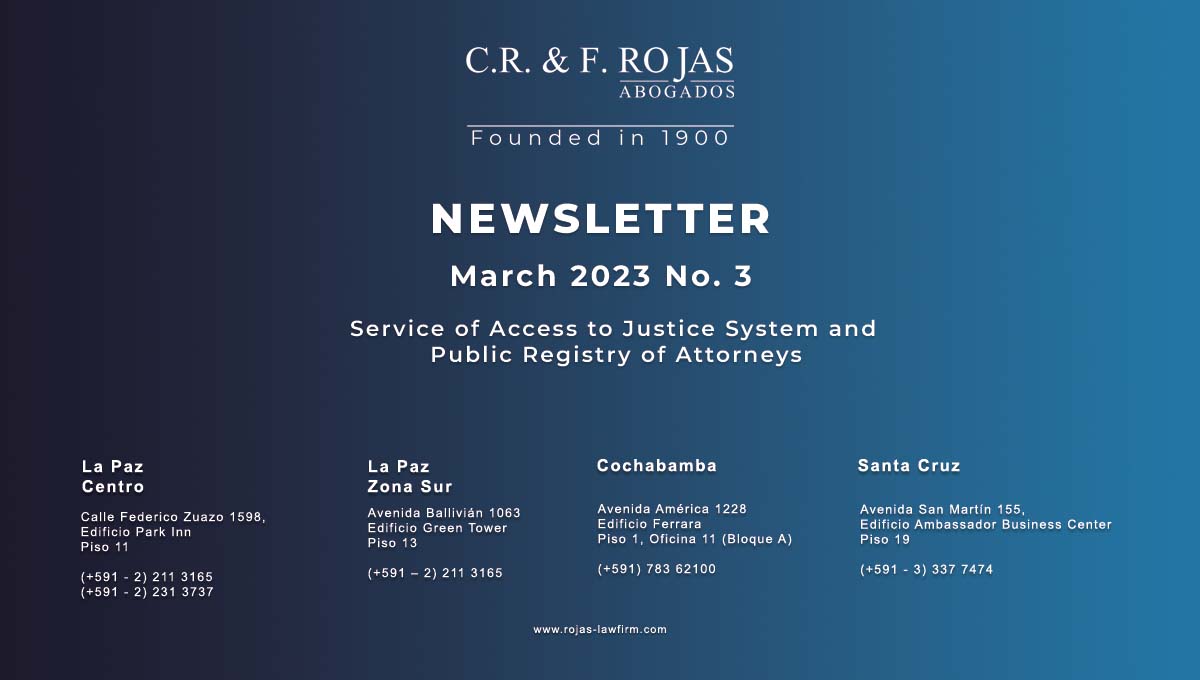As the nature of business becomes increasingly globalised and multijurisdictional deals ramp up, so too does the pressure on the legal market amid evolving client expectations. While law firms grapple with these changes and the challenges they create, and adapt to meet these new demands, they must also think competitively. Law firm networks are lending a hand by helping members with new technologies and workflow processes and even improving the way they interact with their clients.
BY ELIZABETH BEATTIE
With cross-jurisdictional work on the rise and a burgeoning demand for the best and brightest tools, law firms across the region face similar challenges
– how can they work smarter, prepare for the future, and stand out? Enter law firm networks, which are finetuning their offerings to better equip lawyers so they can give clients the very best without stretching themselves too thin.
Glenn M. Cunningham, chair at Interlaw, refers to law firm networks as “the quiet giants in the global legal services revolution.” Cunningham says
networks have been modelled in the image of today’s clients’ needs and are “flexible, collaborative, specialist, and truly international.” These capabilities combined with the knowledge and skills of partner firms that are market leaders in their jurisdictions birth operations that
can compete with large international law firms, he adds.
Similarly, Gordon Vala-Webb, senior advisor of technology and innovation at Lex Mundi tells Asian Legal Business that the rise of cross-jurisdiction work means that firms need to be able to promote their services both individually and collectively, “and also be able to demonstrate
their ability to work seamlessly together.” Given the many network models and client expectations have evolved over the past few years, Vala-Webb says that extensive value-added services and service standards governing what clients can expect when member firms are working together are reassurances and capabilities appreciated by clients.
“The result is a novel value proposition,” he says. “Top law firms with extraordinary local jurisdictional capabilities with a track record of working together leveraging digital workspaces and innovative technologies. Lex Mundi helps to bring this approach to potential clients directly through our global business development team, supporting member firms doing so, and by sponsoring various client-driven events such
as ACC and CLOC.”
New Approaches
While law firms require increasingly nuanced, yet diverse support from networks as competition intensifies, networks themselves also say that new
mindsets and approaches are highly important to consider. It’s not just about resources, but about technique, they explain.
Adam Cooke, executive director at Multilaw, tells ALB that there are many different areas where law firms can implement new approaches and discover
success. His network, for example, is “transforming” the pitch process for international work, he says.
“Over Multilaw’s 30-year history it is fair to say that a member firm somewhere is acting for the vast majority of all the international banks, Fortune 500 or FTSE 250 companies and global brands in one way for another whether it be putting together an M&A deal or simply registering a trademark. This means that our firms can call upon that experience whenever they are putting together a pitch. There will almost inevitably be
a history or current relationship with the target and this will often provide a competitive edge,” he says.
This is one key advantage that networks often trade on – their ability to better connect law firms and provide referrals for lawyers and legal talent for savvy clients – but today, this is just one part of their function, say network heads.
Vala-Webb of Lex Mundi says successfully identifying new approaches, as discovered by teams within its 160-member strong network, is useful data for all its members collectively. When breakthroughs are made, the network makes sure it promotes these findings widely, he adds.
“Firms need to understand how, in a globally-integrated world, they can demonstrate their ability to deliver service seamlessly and efficiently across multiple jurisdictions.”
Gordon Vala-Webb, Lex Mundi
One recent example in Asia has been Singapore firm Rajah & Tann releasing a mobile application called RTA Competition Trade which provides users with updates on the competition and trade regulatory landscape across Southeast Asia. Following this, the firm has promoted this both internally and
externally. “We include those in our quarterly Innovation newsletter, highlight them in our conferences, and post in our members’ only knowledge sharing site,” Vala-Webb says.
Tech at the Forefront
While new methods are essential, given the pressure all-round on legal teams to do more with less, the whole market is closely watching for new technology developments. Cunningham of Interlaw says this is also an area that networks are closely watching.
“There has been an explosion in new technological solutions in the legal services market,” says Cunningham.
“Together, our partner firms are sharing best practice and collectively filtering the best solutions for their clients’ needs – in our experience, when it comes to tech you have to use it to choose it. Interlaw has forged successful relationships with many leading technology partners – big
players and niche specialists – and we have invited them to deliver training and expertise at our meetings so that our partner firms can be sure they are abreast of the latest innovations,” he adds. He cites the network’s recently completed project – a digital infrastructure programme to connect partner firms with each other and their clients as an example of how connectivity and technology can be synched better.
“This new digital award-winning infrastructure is a game-changer – the connectivity between our digital products is a first among law firm networks. We created a new website, with an easyto-use ‘connect to a lawyer’ button, to allow easy access to our experts across the world,” he says.
“The real transformative development is digital client management and feedback system, providing every partner firm with complete visibility of
all referral activity in real-time and the capability to work together seamlessly in a secure online environment. With the built-in functionality to automatically generate a client feedback form for each piece of work, our new approach also supports continuous refinement in service delivery,” Cunningham adds.
Vala-Webb agrees that technology is indeed having a drastic impact on the legal market, and on expectations. “Technology is changing every aspect of the ways law firms operate and deliver services. Moving to use software-as-a-service with secure cloud-based data storage is dramatically shifting the advantage from the very big laws firms to those who are the most agile,” he says, noting that Lex Mundi is working to accelerate member firms’ shift to the cloud which encouraging innovative technology adoption more broadly.
“Last year we started our Technology and Innovation program to support member firms do this. The program works to help firms share information about
their successes; and we have established partnerships with technology vendors so member firms can easily try new software (e.g. Diligen’s machine-learning contract review tool) or to make available HighQ’s Collaborate sites for member firms to use as digital team spaces when working together on behalf of a client,” he adds.
Into the Future
Of course, connectivity and technology are pieces of the puzzle, but member networks say across the board firms must completely rethink the way they interact with clients. While this is already on the agenda for many firms, the practicalities of changing practice as the market enters new and uncharted territory can make this complex.
“The legal sector is still in the midst of transformational change, with new technologies offering a new way of doing things, as well as impacting on the expectations and needs of clients. Clients want borderless, tech-savvy, enterprising and accessible legal service providers that can combine global reach with in-depth local expertise. Clients increasingly need a 24/7, 365 days a year service, which means that all legal providers must keep adapting and investing if we are going to deliver the seamless cross-border service clients demand,” says Cunningham.
“This requires investment and careful thought so that technology is incorporated into legal services in a way that makes us more efficient and effective for our clients. While it’s important to think about how technology fits into the picture, we mustn’t lose sight of the fact that effective client relationships are about day to day communication and working practices. As an organisation designed to collaborate, we promote a
‘one-team’ ethos with our clients. There is no ‘them and us’, we’re all working together to achieve a shared goal. We know clients want commercially savvy lawyers who adopt a problem-solving approach to their work and that can only flourish in a genuinely collaborative environment,” he adds.
Vala-Webb notes that, going into the future, there are several key areas of development that firms will need to consider to stand out – and legal
networks are well equipped to support them with this.
“Firms need to understand how, in a globally-integrated world, they can demonstrate their ability to deliver service seamlessly and efficiently across multiple jurisdictions. The foundation of this, for Lex Mundi member firms, is the superior collection of top firms around the world who have strong relationships with one another which creates a deep cross-border capability. We add to that a set of client service standards, innovative technologies, a work management methodology (based on LeanAgile), and central support for large client matters,” Vala-Webb says, addin that his network firm already assists in matters of marketing, business development strategies, professional development, and technology.
“Firms need to [look] beyond the general counsel and start speaking to CEOs, CFOs, CTOs, DPOs and HR directors as well. They are increasingly the onesmwho are directly engaging law firms these days.”
Adam Cooke, Multilaw
A change of mindset is also critical, warns Cooke of Multilaw, adding that firms need “to understand that there is a whole world out there beyond the general counsel and start speaking to CEOs, CFOs, CTOs, DPOs and HR directors as well. They are increasingly the ones who are directly engaging law firms these days.” “Standing out from the crowd involves doing all the traditional things well i.e. by offering timely, expert advice and delivering value for money – which is easier said than done. The key advantage that a network can lend a firm is the opportunity to give that firm’s clients access to an international network that the global law firms can,” Cooke adds.
While it may feel like there are a vast array of options, Cunningham meanwhile notes that given how swiftly the market is evolving, being decisive is important.
“This is a competitive landscape and to stand out, you can’t afford to stand still. We take our training program very seriously at Interlaw to ensure our lawyers have access to world-class continual learning opportunities,” he says.
“We want to help our firms evolve and grow in response to client needs. There can still be a tendency for the profession to be inward-facing – preoccupied with the day-to-day challenges of running a law firm. Our focus is firmly on the client and their multijurisdictional needs, looking out to the ever-changing business landscape and adapting our offer to meet the needs of global enterprise,” Cunningham says.




